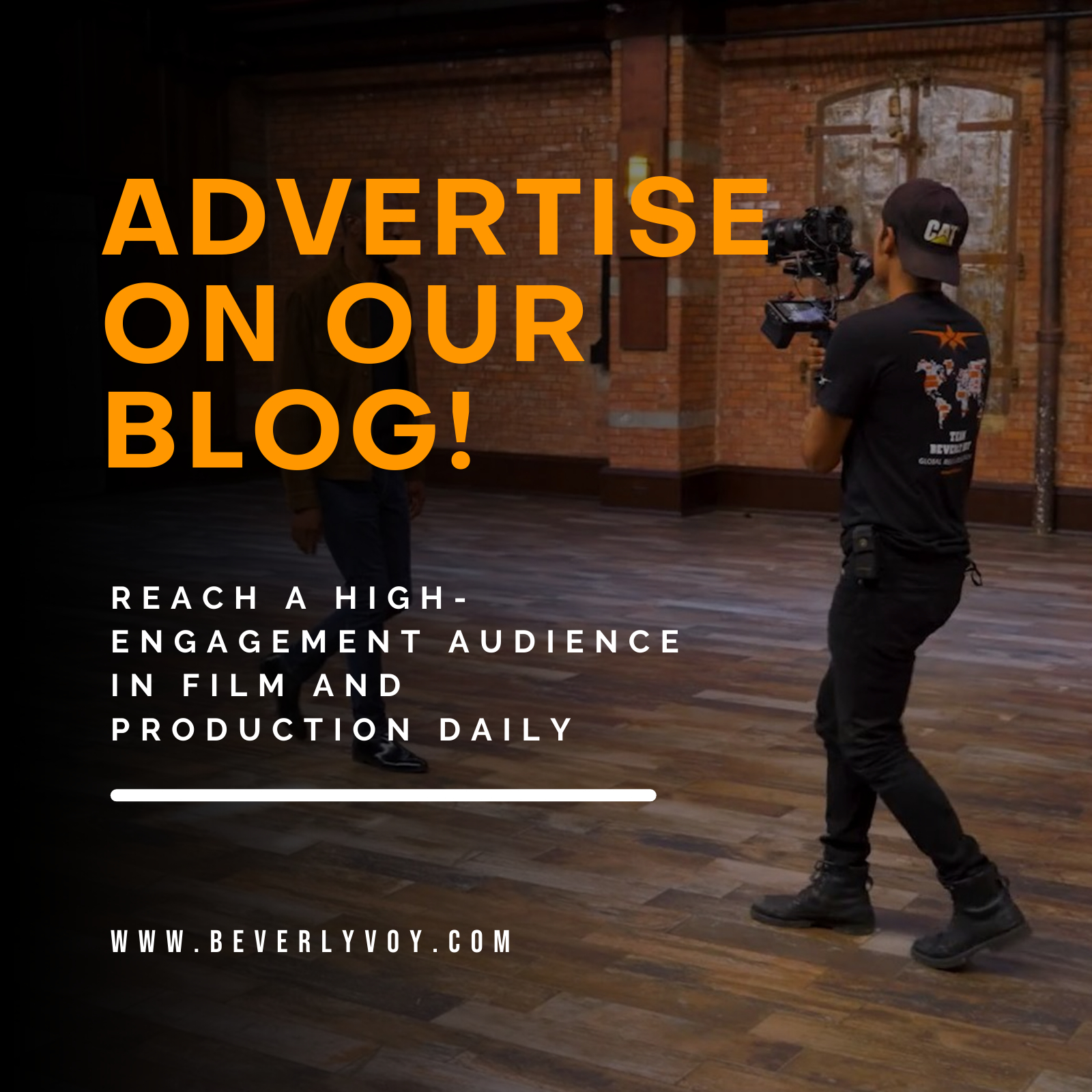Easy to Follow 5 Phase E-Learning Production Process
Whether you’re new to course creation or you’re just looking for ways that you can streamline your e-learning production process to maximize your use of time, this post is for you! Defining a process that works for you when creating educational video content is important to the success of your course. In this easy to follow, 5 phase e-learning production process, we’re breaking down each of the important considerations and steps that you should take throughout the process for successful course creation.

Phase 1: Analysis & Planning
The first major step to producing video for a course is to perform an analysis and plan the learning objectives for the course or video. This is your chance to outline any designed learning goals, the steps that will be taken to help students achieve those goals, and the intended impact that achieving these learning goals will have on the student overall.
Once you’ve outlined the goals and objectives of the course content, the e-learning production process moves into a process of research. This is where you’re going to address any specific needs for the creation of the video content including any supportive content, added learning details, or specific measures that will help students fully grasp the concepts that you are teaching.
Phase 2: Content Design

During the content design phase of the e-learning production process you’re mostly focused on outlining the overall concept of your video and any benchmarks that you can apply to help define the success of your video in the end. At this time, you will also begin to think carefully about the look and feel that you want to have for your content.
The purpose here is to test out any ideas that you have for your content to determine what will work and what won’t. It’s best to navigate your way through various design ideas, and to test your thought processes, now rather than to spend production dollars in testing and failing!
You’ll carefully consider a theme for your video and any content that will be incorporated into the video to support the theme, learning objectives, and specific direction of the content. As you plan out the design that you want to use and the approach you intend to take, you’ll also consider the specific artistic direction that you want your video to take.
Phase 3: Unique Specifications
During this phase of e-learning production you’re focusing on ensuring that any educational experience you create aligns with your target audience. This means you must know your target audience and that you should be thinking about:
- How your course will function as an extension of your audience’s learning.
- What important elements of your course will be incorporated into your audience’s learning.
- What reporting of your content will look like.
- How your audience will navigate your content.
- What the underlying style or branding elements of your course will look like.
At this phase in the e-learning production process you’re also going to be identifying a team on your end that will assist you with the course video production process. This includes planning who will help you with content creation, script writing, art direction, and various other stages or processes of the project.
Phase 4: Video Production

At this point, you’re ready to start producing of your e-learning video! The e-learning production process should go smoothly, because you spent your time planning and preparing ahead of this process to ensure it goes without a hitch. During this phase, you’re going to:
- Create a map of your content and the desired discussion points or objectives that apply to each component.
- Prepare a storyboard that outlines details regarding the very unique production components of your e-learning course video. This includes things like camera angles and shot sequence, as well as animation, text overlays, and interactive moments.
- Create the animated or text-based screens and templates that you’re going to use in your educational video. If you’re not a designer, you should have a designer create these for you!
- Work with a graphic designer to coordinate the creation of various other design elements that are important to your e-learning video such as supporting graphics, text overlays, and similar add-ons.
The e-learning production process is where all of your planning comes together and your course video begins to take form. This is where all the upfront work that you did can really pay off.
Phase 5: Post-Production Evaluation
The final phase of e-learning production is the post-production evaluation phase. This is where you begin to test your video product against the original outline and plans that you had to determine whether it’s ready for distribution to your student audience or not. This is a good time to test product performance, to run your course across various platforms to make sure it functions, and to test specific engagement related analytics.
The post-production evaluation phase of e-learning production continues after you’ve introduced your e-learning video to your target audience and have started to collect analytics data on your course. At this point you can analyze how long your audience engages with your course, whether certain elements of your video are more valuable to your audience than others, and whether your course is actually performing the way you had anticipated it would.
As you can see, this simple and easy to follow 5 phase e-learning production process will guide you from the very early stages of planning your e-learning course all the way to the post-production stages of tracking your course analytics and determining whether your course was a true success or not. To learn more about producing video content for your e-learning course, give Beverly Boy Productions a call. We can’t wait to assist you!

